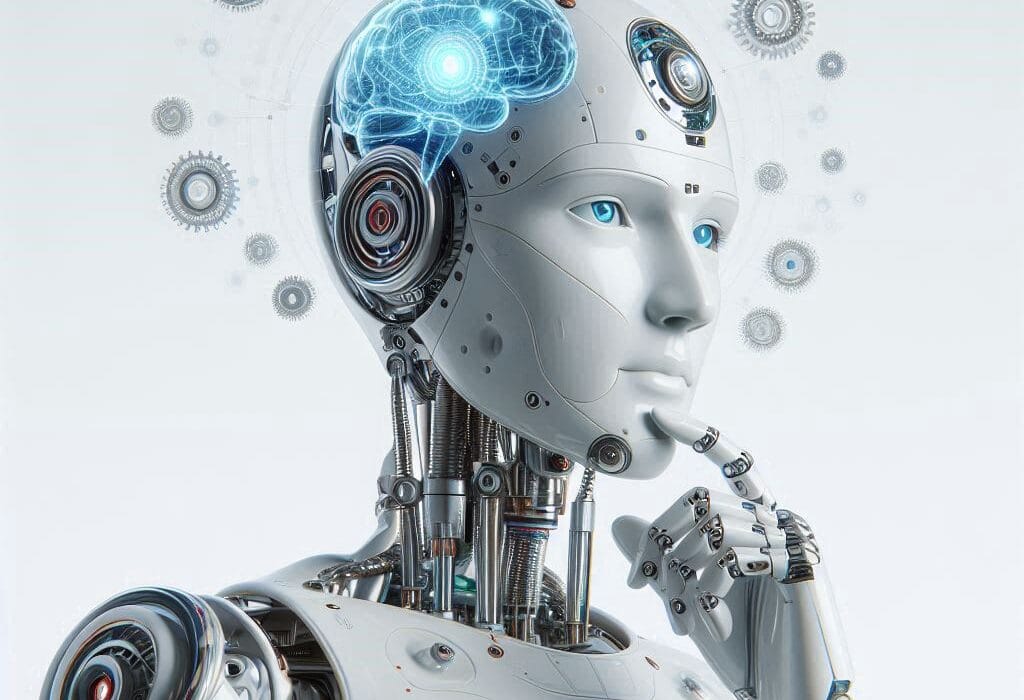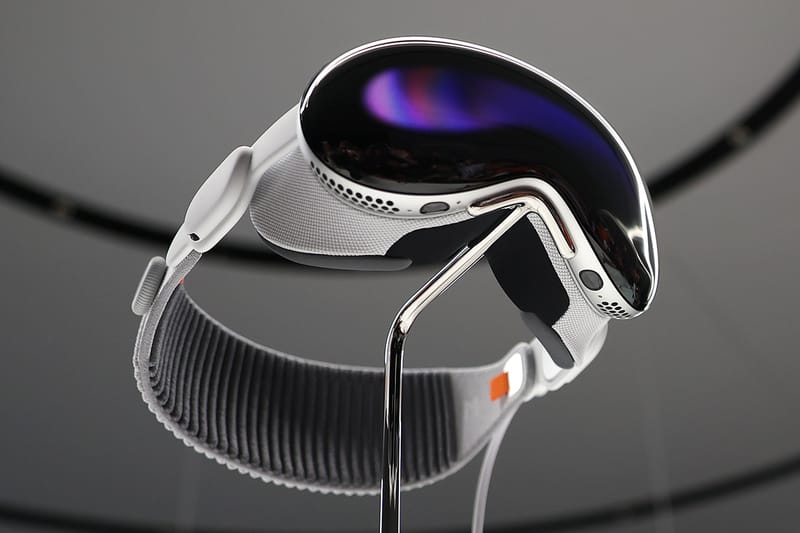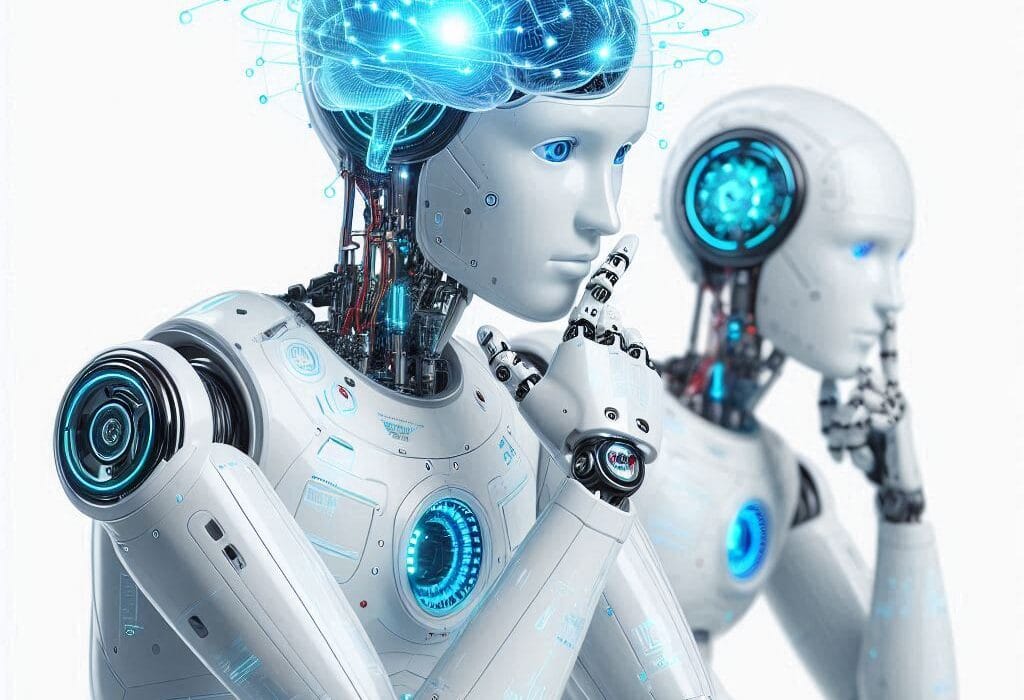At the turn of the 21st century, the hum of technology shifted in tone. Computers no longer sat politely on desks, waiting for human commands. They began to move. Wheels, legs, sensors, and cameras transformed algorithms into physical entities that could navigate the world around us. Robotics — once the domain of science fiction — became a reality embedded in factories, hospitals, homes, and even battlefields.
Yet as robots became more capable, they also began to inherit, and even amplify, the complexities of human morality. A question that was once the stuff of speculative novels and late-night philosophy debates now pressed urgently on engineers, ethicists, lawmakers, and the public alike: What does it mean to live ethically in a world shared with machines that can act, decide, and perhaps one day think?
The ethical concerns in robotics are not abstract puzzles locked away in laboratories. They unfold in our streets when self-driving cars must make split-second decisions. They whisper in hospital corridors when medical robots assist in life-or-death procedures. They linger on the edges of our consciousness when military drones operate thousands of miles from the human who controls them. In each scenario, we confront a blend of technical innovation and moral responsibility that tests the boundaries of both.
The Human Responsibility Behind the Machine
One of the most fundamental truths about robotics is that no matter how autonomous a system becomes, it is still born from human intention. Every circuit, line of code, and design choice reflects decisions made by engineers, researchers, and corporations. This means that ethical questions in robotics are, at their core, questions about human values.
A robot may not “choose” to harm someone in the way a human criminal might, but the harm could occur as the unintended consequence of its programming. This raises the unsettling reality that responsibility cannot be neatly assigned to a machine — it traces back to the people who designed, deployed, and maintained it.
The moral burden of robotics lies in anticipating how machines might behave in unpredictable situations and making sure those outcomes align with our ethical principles. When a warehouse robot injures a worker, is the blame on the robot, the company that programmed it, or the manager who decided to replace human labor with it? These layers of responsibility blur in ways that law and ethics are still struggling to untangle.
Autonomy and the Illusion of Control
The word “autonomous” carries a certain mystique in robotics. It suggests independence — machines that can operate without constant human supervision. But autonomy is not a magic switch; it’s a spectrum. At one end are simple automated systems, like a robotic vacuum that follows pre-set cleaning patterns. At the other end are highly complex machines, like Mars rovers or battlefield drones, that must adapt to unpredictable environments with minimal direct input.
The ethical challenge here is that greater autonomy means less direct human control in the moment decisions are made. A self-driving car, for example, may have only fractions of a second to decide whether to swerve, brake, or accelerate when faced with a sudden obstacle. That decision is shaped by layers of algorithms, sensor data, and probabilistic reasoning — none of which involve human reflection at the critical instant.
If something goes wrong, how do we trace accountability? Can a programmer foresee every possible roadway scenario? Should the car be programmed to prioritize passenger safety over pedestrian safety, or vice versa? And more uncomfortably, do we trust corporations to decide these ethical priorities for the public at large?
Bias in the Machine’s Mind
Robots do not exist in a moral vacuum; they absorb the biases of the humans who build them. A facial recognition robot, for example, doesn’t “see” faces in the way we do — it analyzes data points and compares them against patterns in its training data. If that data contains social biases, the robot will replicate them.
This is not a distant theoretical concern. Studies have shown that facial recognition systems are less accurate at identifying women and people of color than white men, leading to wrongful arrests and discriminatory surveillance practices. In the context of robotics, such bias can have physical consequences — imagine a security robot that disproportionately targets certain groups based on flawed pattern recognition.
The ethical obligation here is twofold: to ensure that training data is diverse and representative, and to design systems that can adapt and self-correct when biases are detected. Without this vigilance, robots risk becoming amplifiers of inequality, embedding prejudice into physical spaces and interactions.
The Question of Human Dignity
There is a subtle but profound ethical concern in robotics that goes beyond safety, bias, and control — the effect on human dignity. When robots take over roles traditionally performed by humans, especially in areas of care and companionship, they reshape our sense of value and connection.
Consider eldercare robots in nursing homes. These machines can monitor vital signs, assist with mobility, and even engage in simple conversations. For some patients, this can mean greater independence and safety. But for others, it may also mean less human contact, fewer moments of warmth and empathy, and a quiet erosion of the human presence in care.
The question is not whether robots should be used in care — they can be invaluable allies — but whether their deployment respects the emotional and relational needs of the people they serve. Technology must not become an excuse to sideline human compassion in favor of efficiency.
The Shadow of Surveillance
Robotics and surveillance are deeply intertwined. From drones hovering in the sky to robotic patrol units in shopping malls, machines can now gather and process vast amounts of data in real time. This raises profound ethical concerns about privacy, consent, and the balance of power between individuals and institutions.
When robots are used for public safety, the argument often rests on deterrence — that visible monitoring prevents crime. But constant surveillance, especially when paired with facial recognition and predictive policing algorithms, risks creating a society where every movement is tracked, every interaction recorded. The danger is not only in how data is collected, but in how it is stored, who has access to it, and how it can be misused.
The ethical imperative here is transparency. Citizens must know when they are being monitored, what data is being gathered, and how it will be used. Without such safeguards, robotic surveillance can quietly shift the balance from public safety to authoritarian control.
Machines in War
Perhaps the most urgent and controversial ethical debate in robotics revolves around military applications. Autonomous weapon systems — sometimes called “killer robots” — have moved from science fiction into reality. These machines can identify, target, and attack without direct human oversight in the moment of engagement.
Proponents argue that such systems can reduce human casualties among soldiers and increase precision. Critics warn that removing humans from the decision to take a life crosses a moral line from which there is no return. The very act of delegating lethal authority to a machine challenges centuries of ethical thought on warfare.
The United Nations has debated bans on fully autonomous weapons, but consensus remains elusive. Meanwhile, nations continue to develop increasingly capable systems. The danger is not only in how these machines are used, but in the precedent they set — once one nation deploys them, others will follow, and the moral boundaries of warfare will shift irrevocably.
The Economic Earthquake
Robotics brings undeniable efficiency, but efficiency is not always a synonym for progress. The automation of industries has already reshaped the labor market, displacing millions of workers in manufacturing, logistics, and service sectors. As robots become more versatile, the range of jobs at risk expands — from truck drivers to paralegals.
The ethical concern here is not simply that robots take jobs, but how society responds to this transformation. If economic gains from automation are concentrated in the hands of a few, inequality will widen. The challenge is to ensure that the benefits of robotics — increased productivity, reduced costs, and potentially greater leisure time — are distributed fairly.
This may require bold social policies: retraining programs, universal basic income, or new forms of labor rights tailored to an age where “employee” may increasingly mean “machine.” The ethics of robotics is inseparable from the ethics of economics.
The Slippery Slope of Anthropomorphism
Humans have a tendency to see themselves in their creations. When robots look or behave in ways that mimic human traits, we often project emotions and intentions onto them. This can create emotional bonds — sometimes harmless, sometimes manipulative.
A child who grows attached to a humanoid robot toy may feel genuine affection for it, blurring the line between human relationships and machine interactions. Companies can exploit this tendency, designing robots to encourage trust, loyalty, or even dependency, in ways that benefit commercial goals rather than the well-being of users.
Ethically, designers must be cautious about the emotional illusions they create. Trust in machines should be based on performance and transparency, not on simulated empathy that conceals the underlying limitations and agendas.
The Search for Ethical Frameworks
As robotics advances, so too must our frameworks for ethical decision-making. Traditional engineering ethics — focused on safety, reliability, and efficiency — is necessary but insufficient. The stakes in robotics involve questions of agency, morality, and the social fabric itself.
International organizations, research institutions, and industry leaders are beginning to craft guidelines for responsible robotics. These often include principles like accountability, fairness, transparency, and respect for human rights. Yet translating principles into practice is not straightforward. A robot’s behavior in the real world is shaped by countless variables, many of them unpredictable.
One promising approach is to embed ethical reasoning directly into robotic decision-making systems, using tools from artificial intelligence to weigh outcomes and consider human values. But even here, the question remains: whose values will the robot reflect? And who decides?
A Shared Future
The ethical concerns in robotics are not problems to be “solved” once and for all. They are ongoing negotiations between what technology can do and what humanity believes it should do. As machines grow more capable, our responsibility grows alongside them — not only to prevent harm, but to ensure that robotics enhances the human condition rather than diminishes it.
The most important conversations about robotics are not happening in research labs alone. They are unfolding in parliaments, community forums, classrooms, and living rooms. They involve engineers and philosophers, policymakers and citizens, dreamers and skeptics. The choices we make now will shape not just the next generation of robots, but the kind of society in which both humans and machines coexist.
It is tempting to think of robots as the “other,” as something separate from humanity. But in truth, they are our mirror. They embody our ingenuity, our ambitions, our blind spots, and our moral struggles. In building them, we are also building a reflection of ourselves. The ethical path forward begins with asking not only what robots can do, but what we want them to mean.






